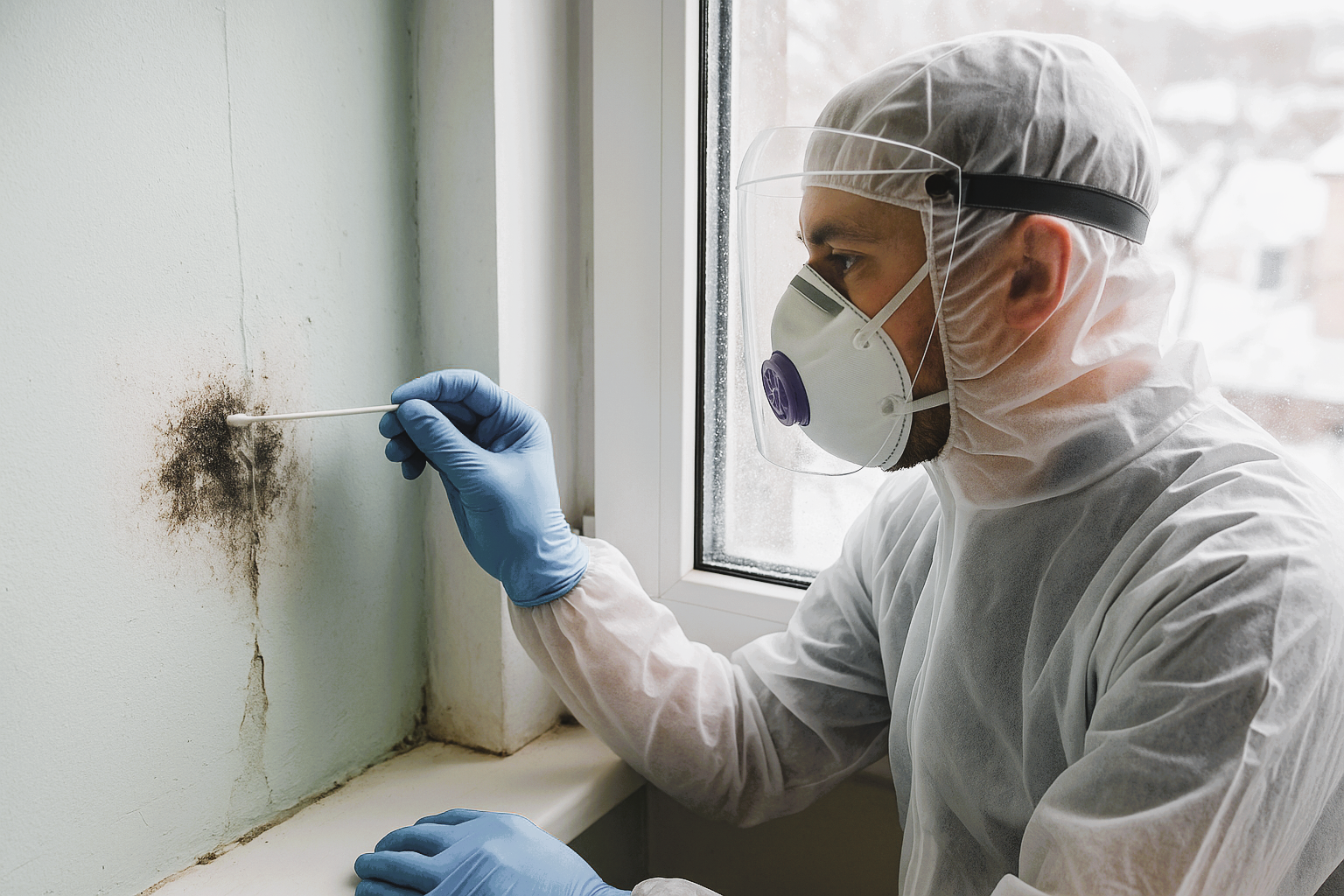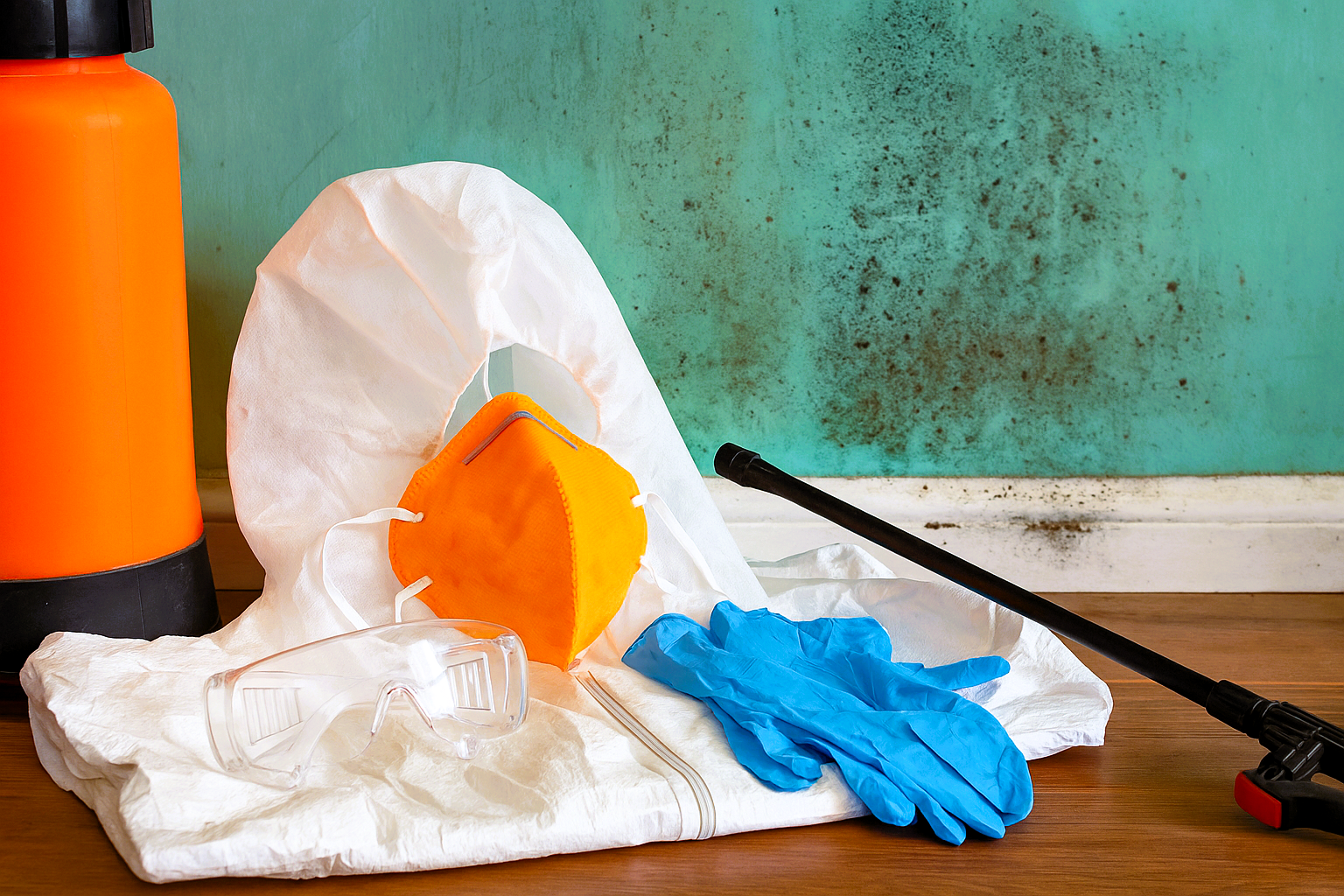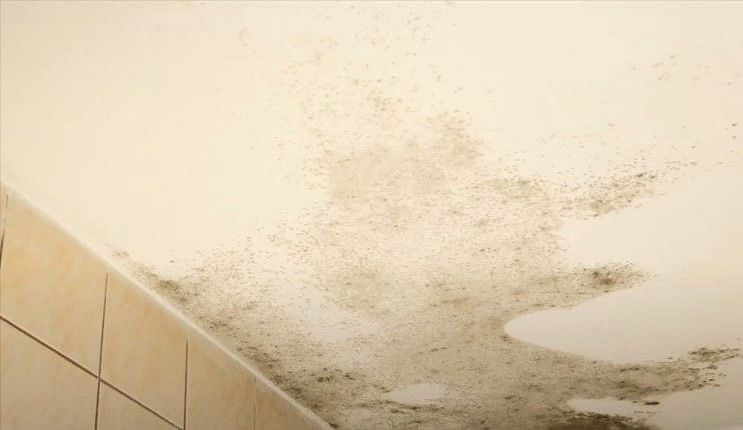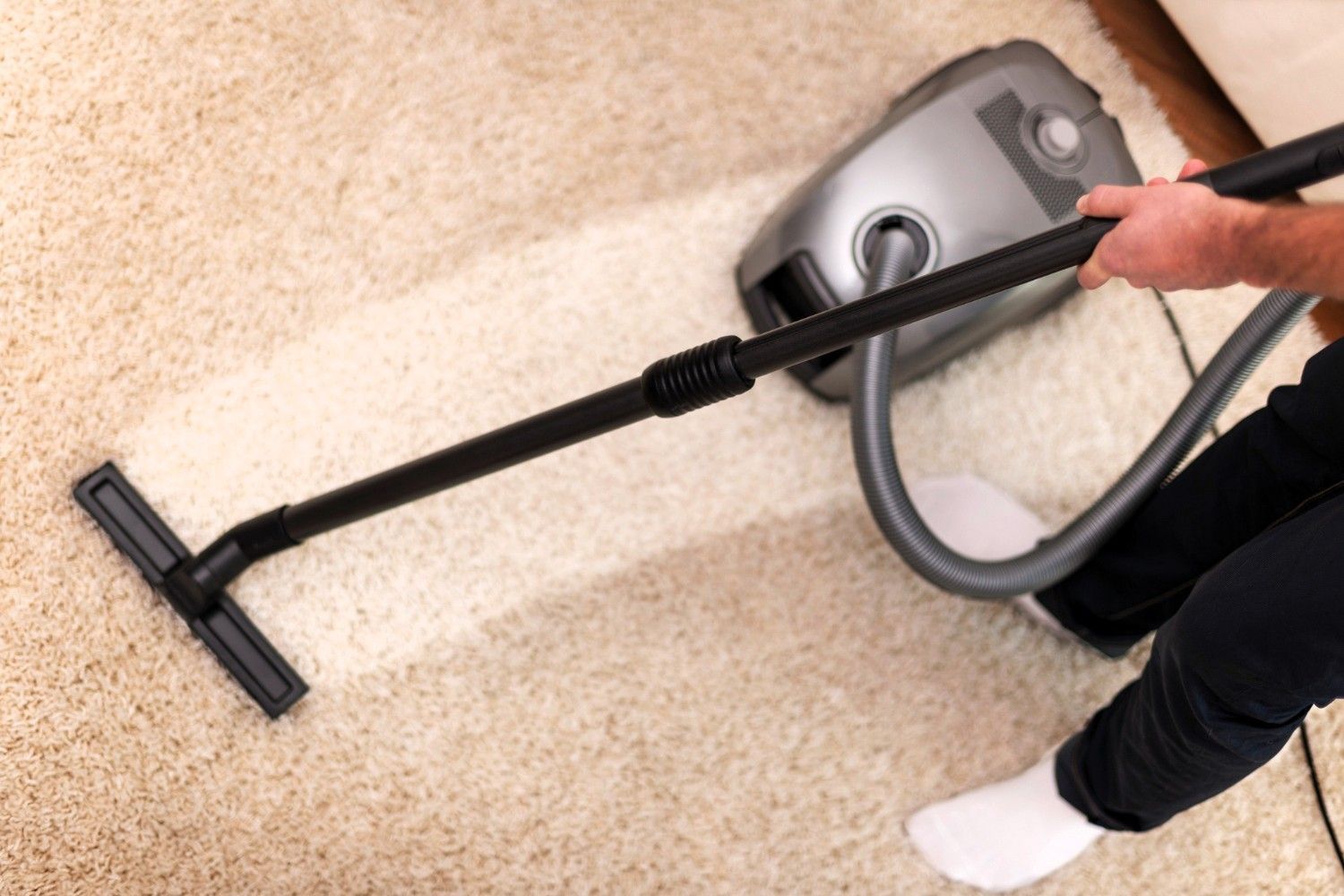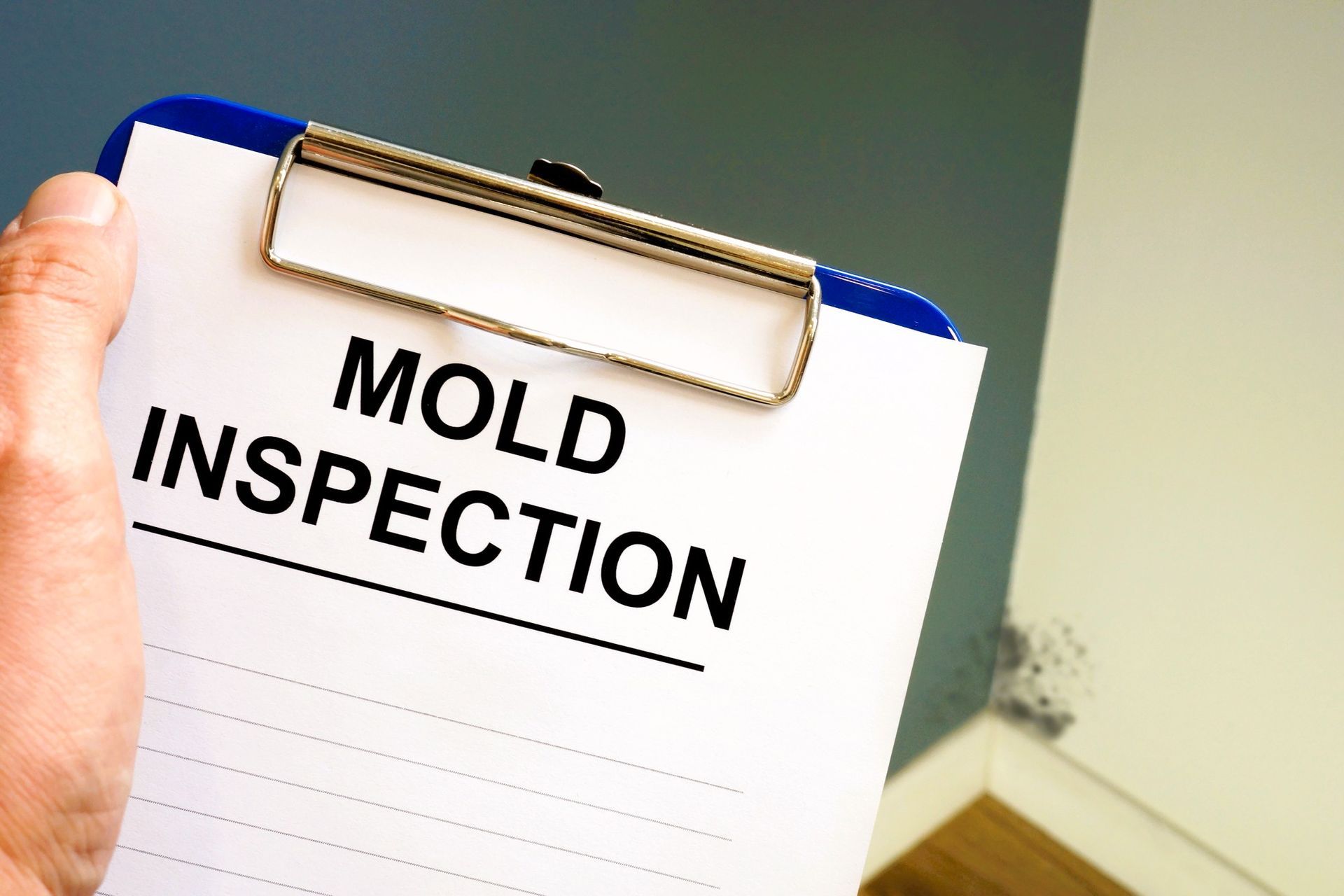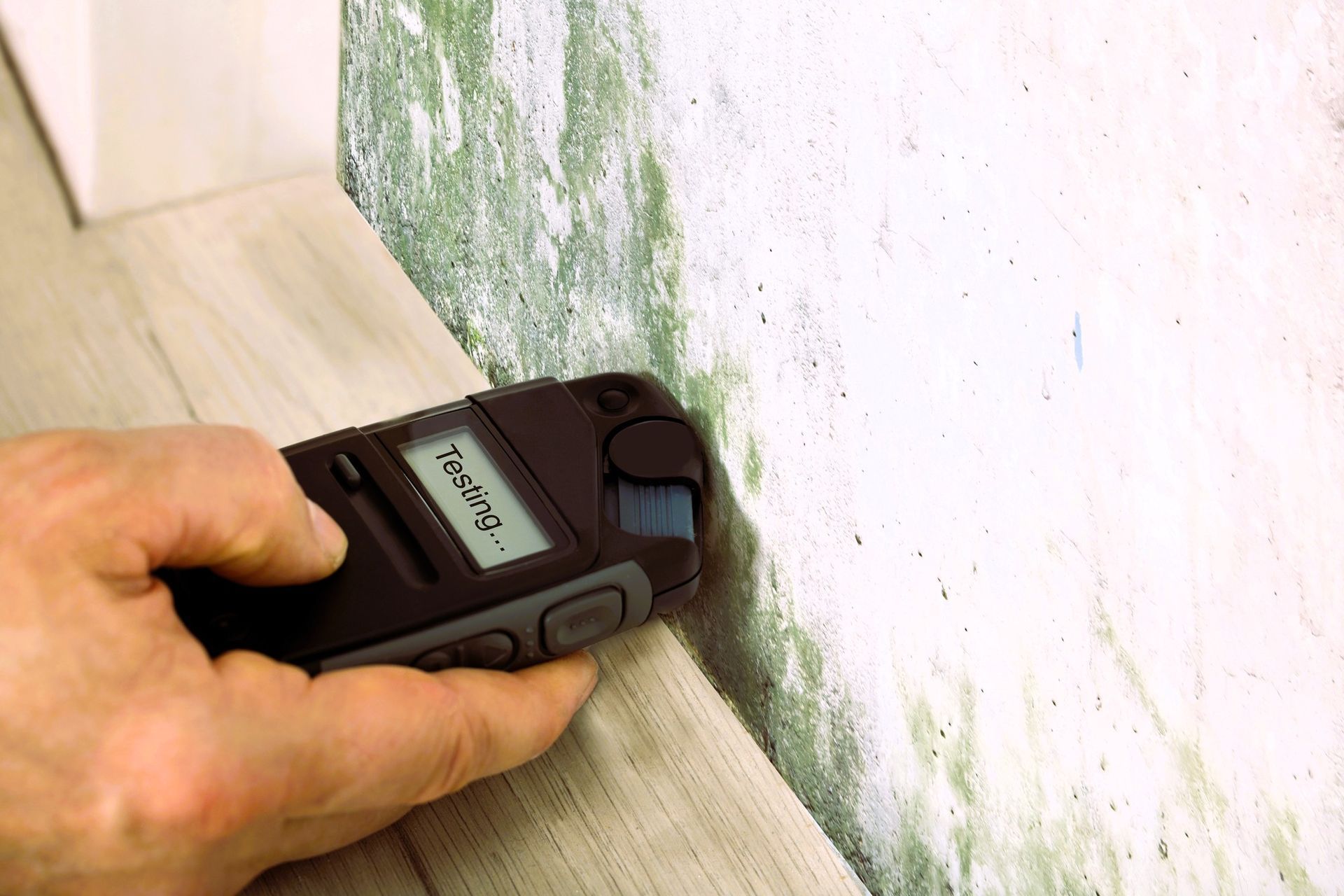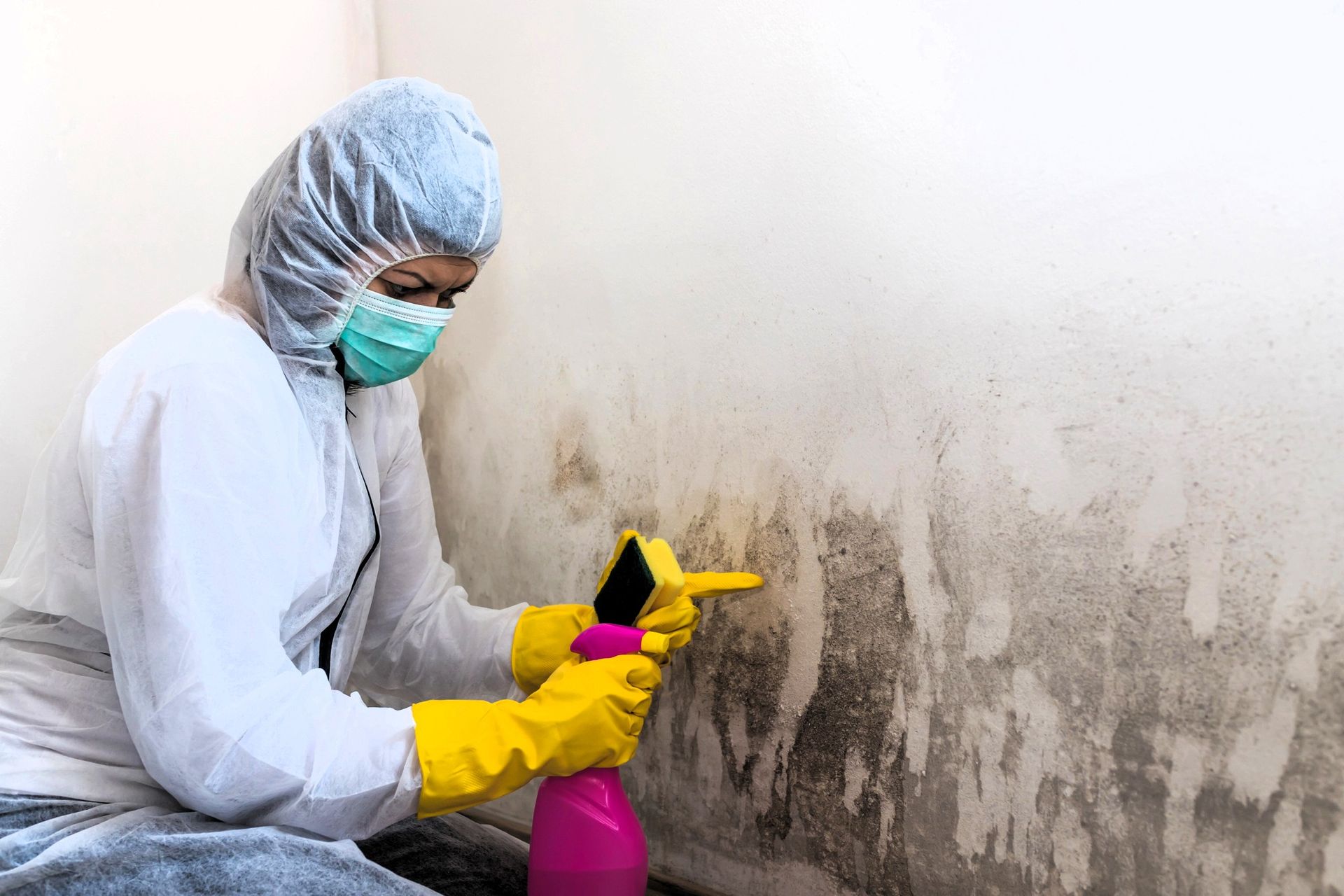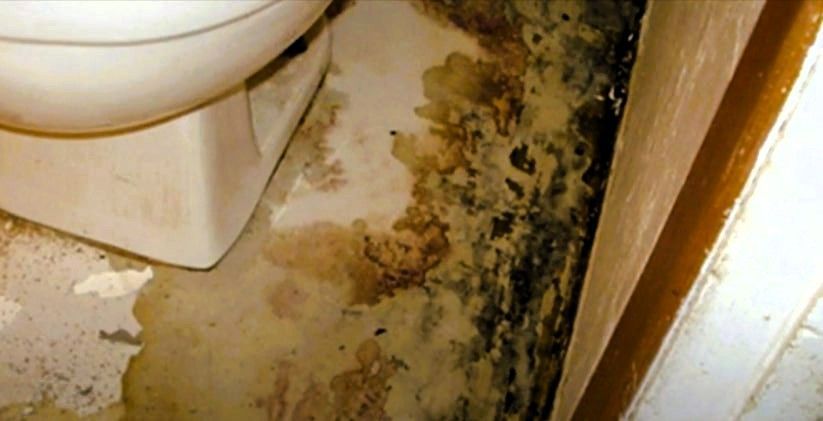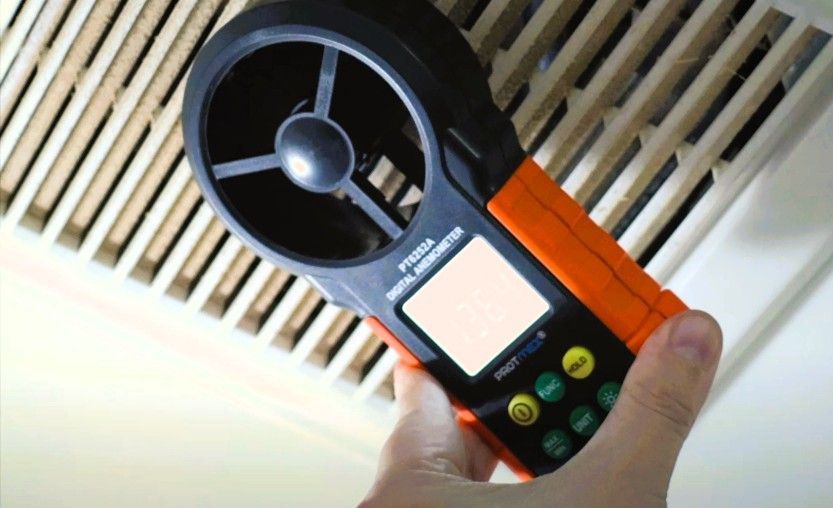How Weather Changes Affect Mold Growth: What Homeowners Need to Know
How seasonal changes affect mold growth and what you can do about it
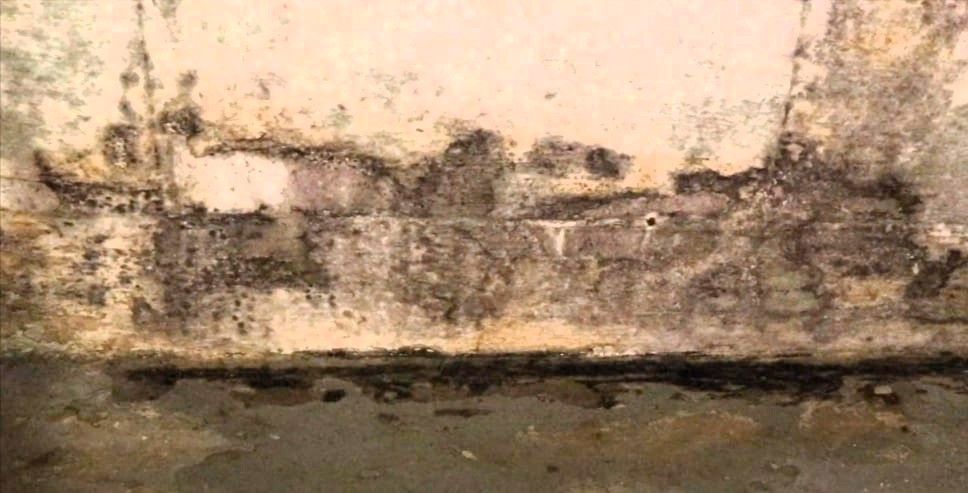
Mold may be small, but don’t underestimate it—it can cause big problems for your home and health! Whether it’s sneaking up your bathroom walls or giving your basement that telltale musty smell, mold has a way of thriving just about anywhere. Believe it or not, mold can show up in some pretty unexpected ways. Knowing how weather impacts mold growth can go a long way in keeping your home—and your family—safe, no matter where you are.
In this post, we’ll dive into how climate affects mold growth, explore the conditions where mold thrives, and share simple, practical tips to keep it at bay—no matter the weather.
How Does Mold Growth Happen?
Mold doesn’t just pop up out of thin air—it’s got a game plan. Four factors contribute to mold growth and its ability to spread:
- Moisture: Mold loves water. Whether it’s from high humidity, a leaky pipe, condensation, or flooding, too much moisture creates the perfect environment for mold to take over.
- Warmth: Mold loves warmth. While the ideal temperature for mold is between 60–80°F, certain types can grow in hotter or colder conditions.
- Oxygen: Just like us, mold needs oxygen to survive. Since perfectly airtight spaces are pretty much nonexistent in homes, keeping mold at bay usually comes down to tackling the other factors.
- Organic Surfaces: Mold thrives on materials like wood, drywall, and paper. Even something as simple as household dust, filled with tiny bits of organic matter, can serve as a snack for mold.
When these conditions line up, mold spores land, germinate, and start forming colonies that are not only unsightly but can also trigger allergies and respiratory issues. Tackling moisture is your best defense against mold.
Which Climates Are Most Mold-Friendly?
Some climates create the ideal conditions for mold to thrive. Here are a few examples:
- Hot and Humid Areas: Mold loves warm, damp places, which is why it’s so common in tropical climates or near oceans and lakes. The moisture in the air creates the perfect environment for mold to settle in and grow.
- Changing Seasons: Areas with big temperature and humidity swings throughout the year are often prime spots for mold. Think humid, sticky summers followed by chilly, damp winters—perfect conditions for mold to thrive.
It's important to note that no place is completely safe from mold. Even in dry climates, moisture can build up in certain spots, creating the perfect conditions for mold to thrive.
What Temperatures Help Mold Grow?
Mold loves temperatures between 60–80°F—pretty much the same range we like to keep our homes at. But don’t think colder weather is a free pass. When it gets too cold, mold might go dormant, but as soon as things warm up, it’s back in action.
Mold isn’t just a summer problem—it’s something to watch out for all year. Even in winter, it can stick around and cause trouble, especially during seasonal shifts when humidity and temperature levels are all over the place.
How to Keep Mold Away Based on Your Climate
Wherever you live, moisture is the main culprit behind mold growth. Keeping your home dry and well-ventilated is the best way to prevent it. Here are some tailored tips for different climates:
- Hot and Humid: Run exhaust fans in kitchens and bathrooms, fix leaks promptly, and think about getting a dehumidifier to keep excess moisture at bay.
- Cool and Rainy: Clean out gutters regularly, seal up any spots where rainwater could get in, and inspect for leaks or water damage frequently.
- Hot and Dry: Check your appliances for hidden leaks, keep indoor humidity between 30–50%, and always use exhaust fans when showering or cooking.
- Cold Climates: Insulate windows and pipes to ward off condensation, seal gaps or cracks in your home’s exterior, and use a humidifier to maintain balanced indoor humidity.
A little prevention goes a long way in keeping mold out of your home!
Why Professional Mold Inspections Matter
Mold often hides in places you can’t see—behind walls, under floors, or in dark, damp corners. Here’s why professional mold inspections are worth the investment:
- Early Detection: Mold experts use specialized tools to find mold in places that are hard to reach.
- Save Money: Catching mold early means you can tackle the problem before it gets more expensive to fix.
- Peace of Mind: Mold pros not only confirm if you have an issue but also give you personalized advice on how to prevent it from returning.
Tackling mold early isn’t just about keeping your home in shape—it’s about safeguarding your health and preventing costly damage down the road.
Protect Your Home from Mold Today!
Whether it’s hot and humid summers or chilly winters, your home’s climate can invite mold if you’re not careful. The good news? With a little effort—managing moisture, adjusting with the seasons, and keeping up with maintenance—you can keep mold away for good.
Think you might have mold in your home? Don’t ignore it!
Reach out to Grand Rapids Mold Relief for a thorough inspection. Catching mold early is one of the smartest ways to protect your home and keep your family safe and healthy.
